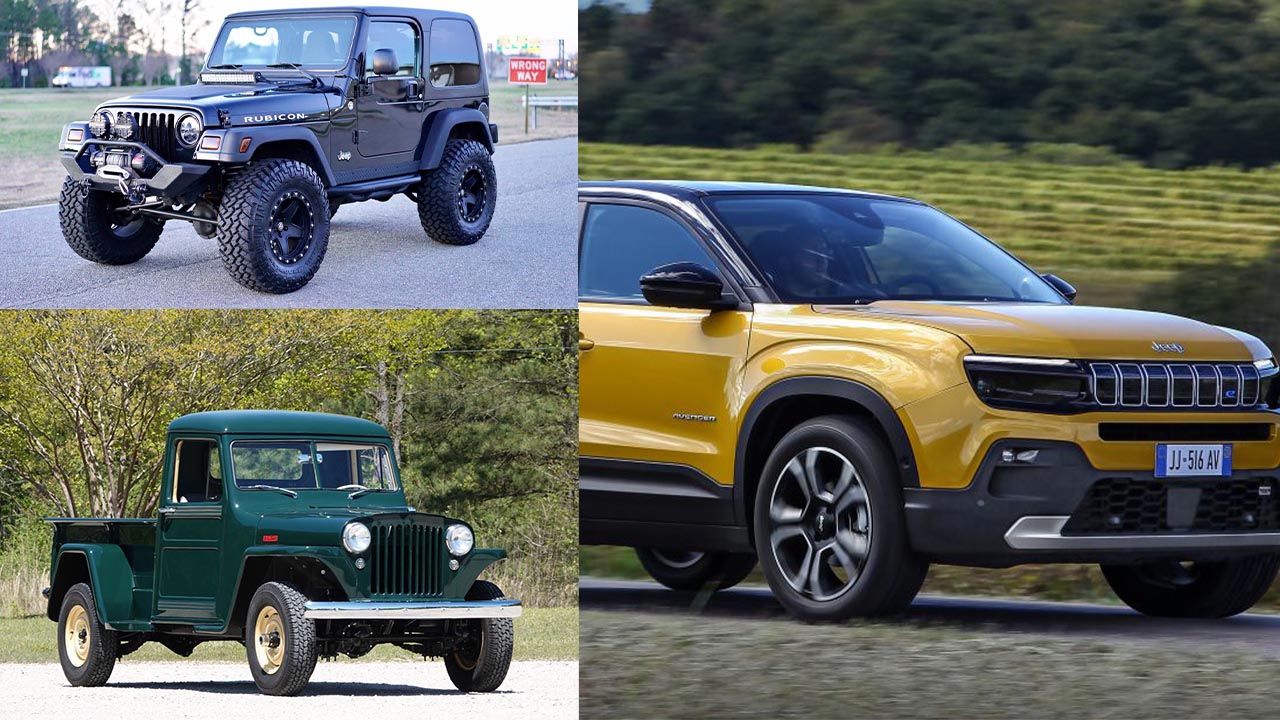Willys-Overland filed the trademark for “Jeep” with the U.S. Patent and Trademark Office back in 1943.
After several years of deliberation, the agency finally granted the trademark in 1950, even though the Jeep name had been used formally since 1945, when the CJ-2A “Universal Jeep” entered series production.
The CJ-2A, the first commercially successful Civilian Jeep, lands at number 11 on our Top 20 Best Jeep Models of All Time two-part feature. It played a crucial role in establishing Jeep as a mainstream automotive icon.
With nearly 215,000 units built, the CJ series would go on to surpass 1.5 million units before concluding production in 1986—a year also marked by the Challenger space shuttle tragedy and the Chernobyl nuclear disaster.
The earliest known public reference to the Jeep name appeared in the February 20, 1941. The article’s headline read: “Jeep Creeps Up Capitol Steps.”
This title was chosen after Willys-Overland test driver Irving “Red” Hausmann explained to reporter Katherine Hillyer that he was demonstrating a Jeep, not a Willys Quad.
Today, Jeep is owned by FCA US LLC, the American division of Stellantis—a multinational formed by the merger between Fiat Chrysler Automobiles and Groupe PSA.
With over 80 years of heritage and its roots firmly planted in Toledo, Ohio, Jeep has produced a wide array of memorable trucks, utility vehicles, and crossovers. What follows is a handpicked list from autoevolution.com that showcases the very best the brand has to offer.
Also Read: 10 Most Popular Boxy Cars That Are Built Like Tanks
10. Jeep Gladiator J Series
Launched in 1962 to critical acclaim, the Gladiator shared its body-on-frame chassis with the Wagoneer SJ.
Over the years, it was built by Willys, Kaiser, AMC, and later Chrysler, remaining in production until 1988. Known commonly as the J series—or simply the Pickup—it was succeeded by the smaller Jeep Comanche.
The Gladiator debuted in the 1963 model year, featuring a Dana 20 transfer case along with Dana 44 axles at both front and rear. Initially available with 120- and 126-inch wheelbases, these were later stretched to 132 and 165 inches.
Buyers could choose from multiple configurations, including wide box (a.k.a. Townside), narrow box (Thriftside), chassis cab, wrecker, and camper variants.
Between 1963 and 1965, Kaiser-Jeep offered Dana 44 IFS independent front suspension on select half-ton pickups, though it remained a rare option.
Military versions of the truck—like the M715 and M725—were also produced. The top-tier trim was the Gladiator Laredo, introduced in 1980 for the 1981 model year, and came outfitted with leather bucket seats, a leather-wrapped steering wheel, Alpine audio, and chrome detailing.
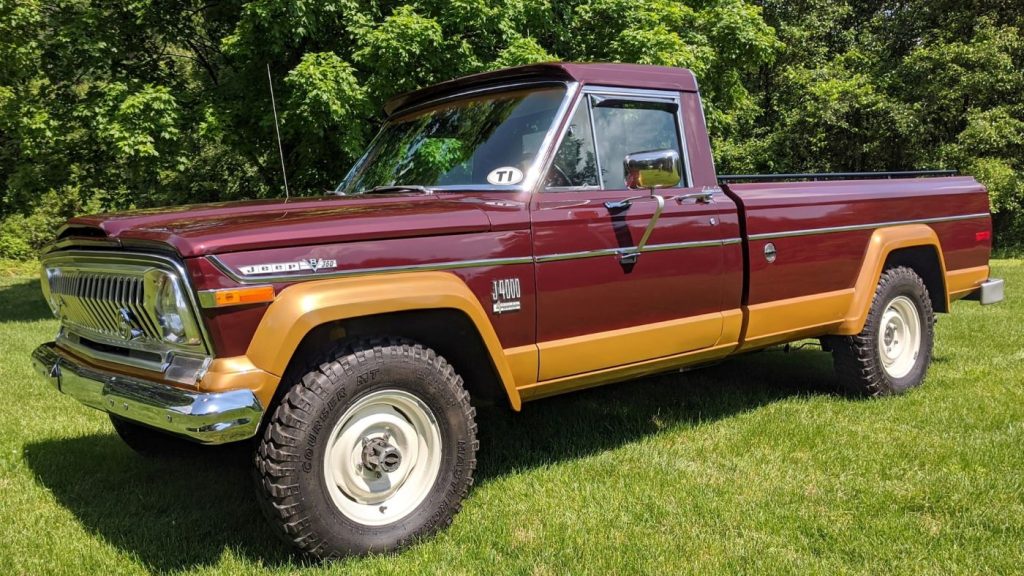
9. Jeep Gladiator JT Series
Revived as a mid-size pickup at the 2018 Los Angeles Auto Show, the modern Gladiator made its production debut for the 2020 model year.
This version is more closely related to the Scrambler CJ-8 than the original Gladiator. Essentially a truck-bodied version of the Wrangler Unlimited, the JT benefits from Ram 1500-style coil spring suspension in the rear.
Jeep raised the bar for off-road pickups with the JT series, directly competing with models like the Chevrolet Colorado ZR2 Bison. It also holds the distinction of being Jeep’s first Trail Rated truck. Powertrain options include two V6 engines: the standard Pentastar and the optional EcoDiesel.
The Pentastar V6 can be paired with either a six-speed manual or an eight-speed automatic transmission, while the EcoDiesel comes exclusively with the automatic.
Looking ahead, it’s expected that Jeep will replace the diesel option with the 4xe plug-in hybrid, either for the 2024 or 2025 model year.
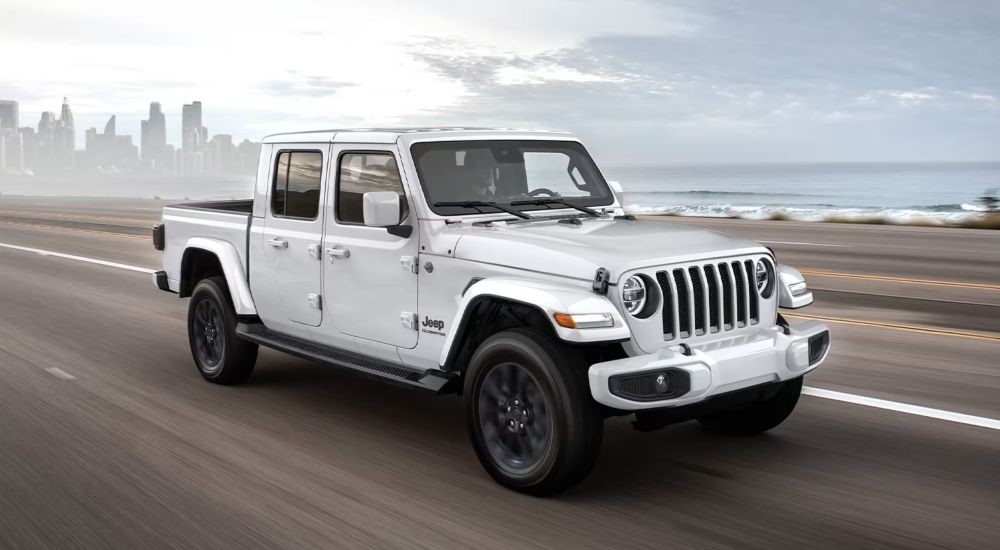
8. Willys-Overland Truck
Often referred to as the Willys Jeep Truck, this model shared much of its DNA with the CJ-2A and Willys Wagon.
Designed by Brooks Stevens, the truck was aimed squarely at the 1940s American farmer. It debuted as a one-ton 4WD vehicle and was offered in multiple body styles including pickup, stake truck, chassis cab, and bare chassis.
In 1949, Willys introduced a ¾-ton, rear-wheel-drive version of the truck. A minor redesign followed in 1950.
From 1947 to 1965, over 200,000 units were produced. The original Go Devil L4-134 side-valve engine was replaced in 1950 by the more advanced Hurricane F4-134.
Later models featured either the Super Hurricane 6–226 or Tornado 6–230 engines, all of which were paired with a three-speed manual gearbox supplied by BorgWarner.
This transmission was shared across all four engine configurations. Without the Willys Truck’s commercial success, the later Gladiator may never have been developed.
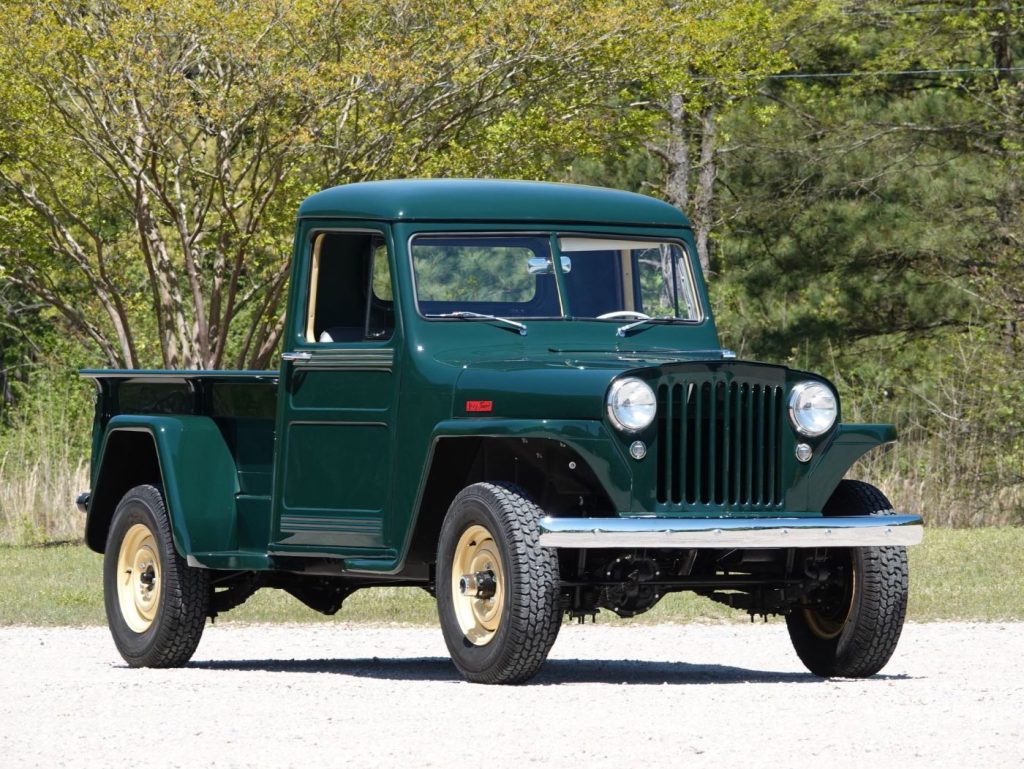
Also Read: 10 Reliable Used Cars Under $15,000: Top-Rated Sedans, SUVs, and Trucks That Last
7. Jeep Wagoneer SJ Series
A common misunderstanding surrounds the origins of the first luxury SUV. Many believe Land Rover was the pioneer, having finalized the Range Rover in 1969 and launched the upscale 4×4 in 1970 under British Leyland ownership.
However, the Jeep Wagoneer predates it, arriving in 1962 for the 1963 model year under Kaiser-Jeep. Just a few years later, the more upscale Super Wagoneer followed in 1965 for the 1966 model year.
Serving as the blueprint for future luxury SUVs, both the Wagoneer and Super Wagoneer introduced numerous industry firsts.
These include the first automatic transmission in a mass-produced 4×4, the first four-wheel-drive system with independent front suspension, the first full-time 4×4 system with automatic engagement, and the first truck engine to feature an overhead camshaft in a six-cylinder configuration.
Production of the SJ-based Wagoneer continued until 1991, when Chrysler brought the model to an end.
Nevertheless, the iconic Wagoneer name was later used to designate a high-spec trim of the ZJ-series Grand Cherokee. More recently, Stellantis revived the Wagoneer nameplate under the WS codename, this time on a full-size SUV built on a half-ton truck platform.
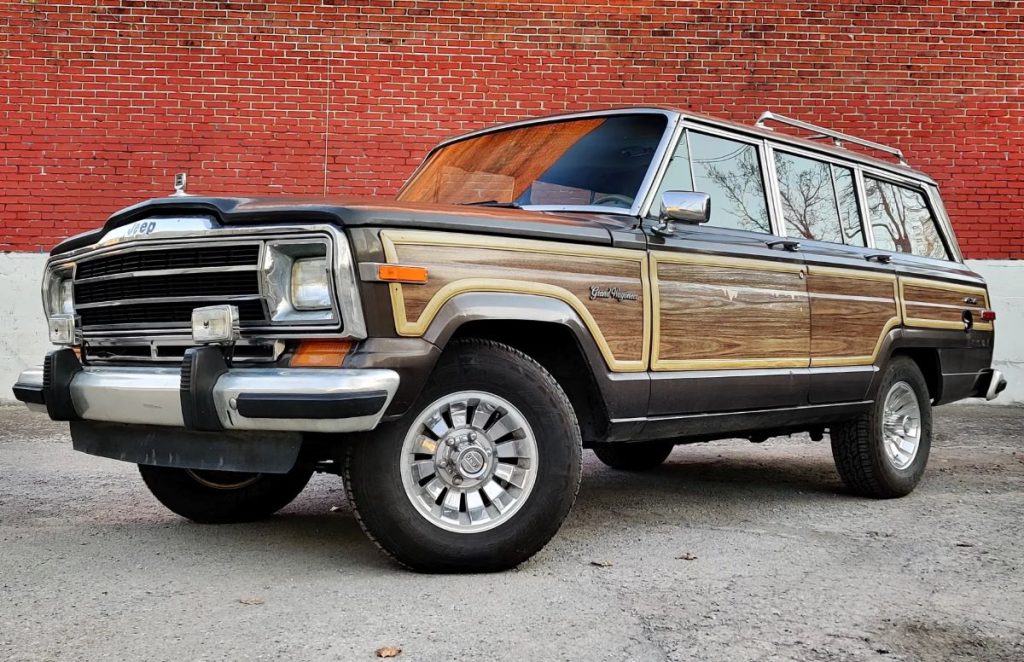
6. Jeep Wrangler 4xe
The 4xe badge represents Jeep’s move into the plug-in hybrid space. The Wrangler 4xe stands as the brand’s first electrified Wrangler and, as of February 2023, it remains the only version of the Wrangler offered in Europe.
While it doesn’t deliver an electric-only range on par with the Toyota RAV4 Prime, Jeep engineered the system with a focus on maintaining off-road prowess.
At the heart of the Wrangler 4xe is a 2.0-liter turbocharged engine paired with an eight-speed automatic transmission.
Replacing the conventional torque converter is a transmission-mounted electric motor, which channels electric power through the gearbox. A second electric motor sits at the front, directly powering the engine’s crankshaft.
According to the Environmental Protection Agency, the Wrangler 4xe delivers an estimated 21 miles (34 kilometers) of electric-only range under combined driving conditions.
This is made possible by a 17.3-kWh battery pack mounted beneath the rear seats of the four-door-only configuration. For European buyers, the WLTP combined range comes in at 53 kilometers (33 miles) for the Sahara trim and 45 kilometers (28 miles) for the Rubicon.
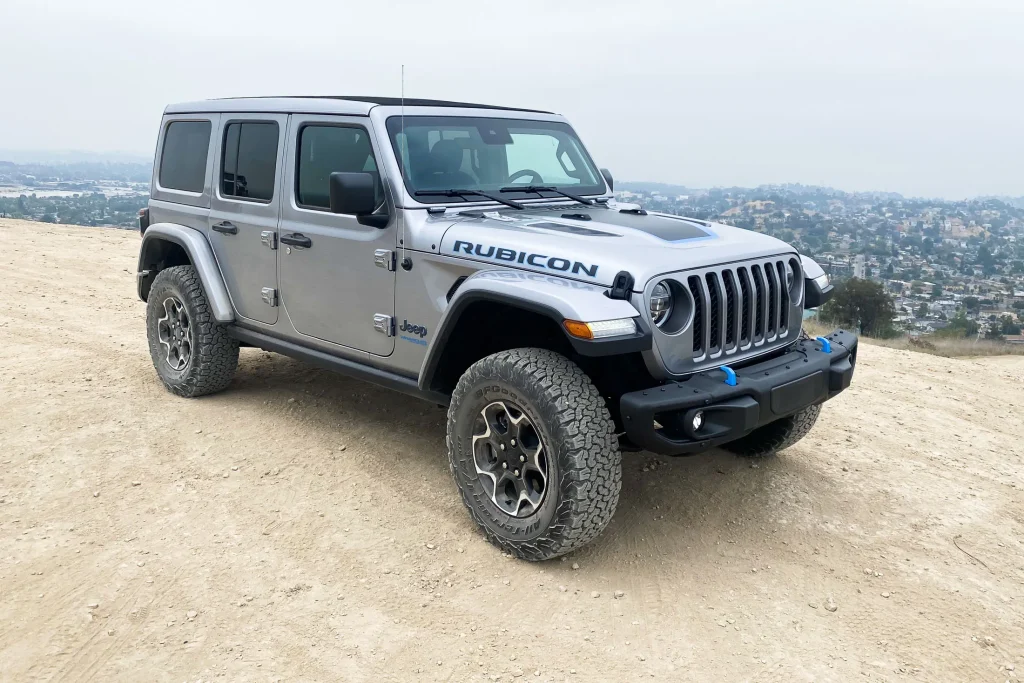
5. Jeep Wrangler YJ
The YJ generation holds a unique spot in Jeep’s legacy, being the very first model officially branded as the Wrangler. It followed the long-standing CJ series, with the first-gen Wrangler remaining in production until 1995.
Interestingly, the YJ’s journey didn’t end there. It continued being built in Iran until 2001, where Pars Khodro also assembled models like the CJ series, the SJ-based Wagoneer, and the Gladiator under license.
Unlike the CJ-7, the YJ shared more in common with the Cherokee of its time, as it was engineered from the outset to deliver a smoother on-road experience.
Though it still used leaf springs, they were made wider than those on the CJ. To further enhance handling, American Motors Corporation added anti-roll bars and trackbar suspension links, improving the vehicle’s stability.
Recognizable by its signature rectangular headlights, the original Wrangler came equipped with three engine options developed by AMC. In terms of displacement, these were a 2.5-liter four-cylinder, a 4.2-liter inline-six, and a 4.0-liter inline-six engine.
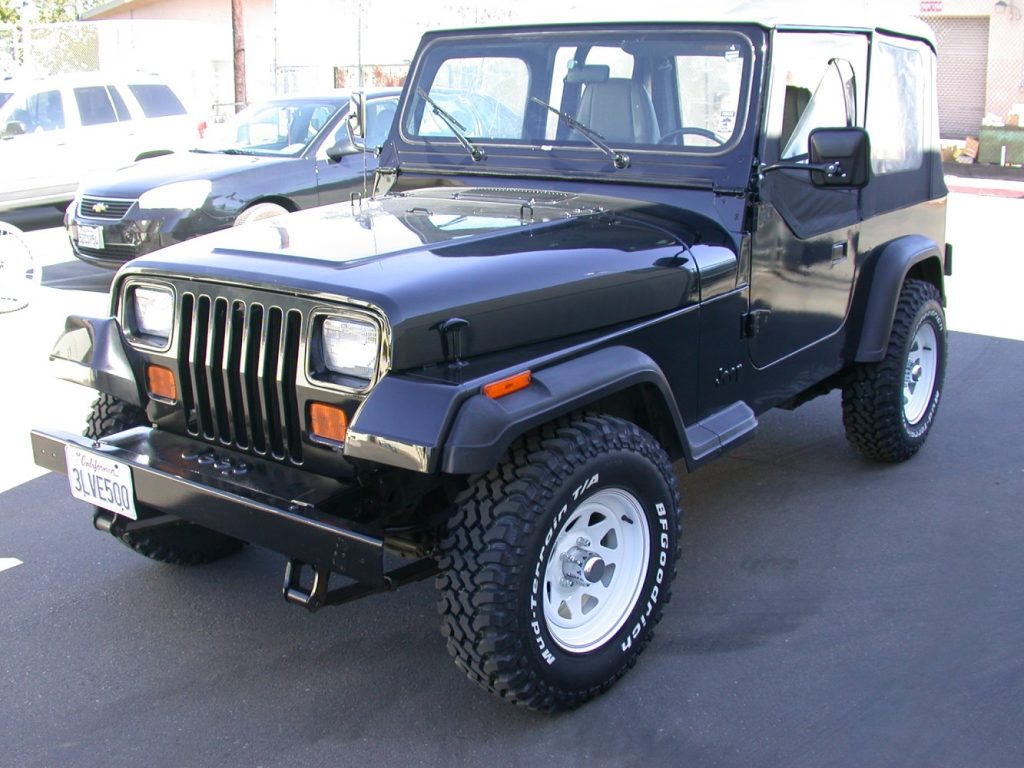
4. Jeep Wrangler TJ
The TJ marked a return to classic Jeep styling by reintroducing round headlights, reminiscent of the CJ-7. Beyond aesthetics, it brought a major suspension overhaul with the implementation of coil springs at both the front and rear—a system marketed under the name Quadra-Coil.
Despite the added comfort, Chrysler didn’t compromise on off-road capability. The TJ offered greater ground clearance, improved approach and departure angles, and increased axle articulation, reinforcing its off-road credentials.
The model also featured a fold-down windshield, updated interior with airbags for both driver and passenger, a sport bar, removable doors, and the option of either a soft top or a detachable hard top.
What makes the TJ especially significant in Wrangler history is the debut of the Rubicon trim—an off-road focused version equipped with Dana 44 axles, Tru-Lok front and rear locking differentials, the Rock-Track 4×4 system, and 31-inch Goodyear tires.
It also laid the foundation for the four-door Wrangler with the introduction of the long-wheelbase Unlimited variant, internally designated as LJ.
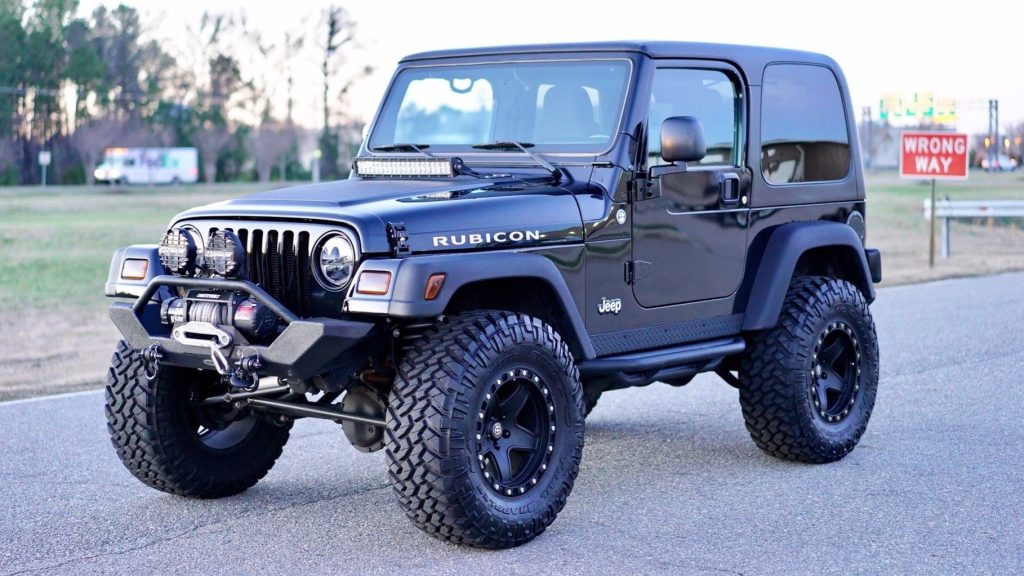
3. Jeep Grand Cherokee ZJ Series
When Chrysler launched the Grand Cherokee, it treated the ZJ like the headliner of the SUV world.
The debut was unforgettable—Bob Lutz drove the mid-size SUV straight up the steps of Detroit’s Cobo Hall convention center, with mayor Coleman Young riding shotgun. The ZJ then smashed through a plate-glass window to enter the 1992 Detroit Auto Show, leaving the crowd stunned.
For export markets, units built in Graz, Austria under contract were given the ZG designation. The ZJ/ZG—styled by Larry Shinoda, who was also behind the designs of the Chevrolet Corvette and Ford Mustang—replaced the aging SJ-series Wagoneer.
It became the first SUV to offer a driver-side airbag. The initial lineup consisted of three trim levels: the Base model, Laredo, and the top-tier Limited. Although the Grand Wagoneer nameplate made a one-year return in 1993 as a standalone model, it was essentially a luxury-focused trim package.
Outfitted in Grand Wagoneer trim, the Grand Cherokee was equipped with the high-output Magnum V8 engine, a computerized four-wheel-drive system called Quadra-Trac, simulated woodgrain trim, a color-matched leather steering wheel, quilted leather upholstery, and a long list of upscale features.
However, very few were sold, as most buyers weren’t ready to spend that kind of money on a Jeep.
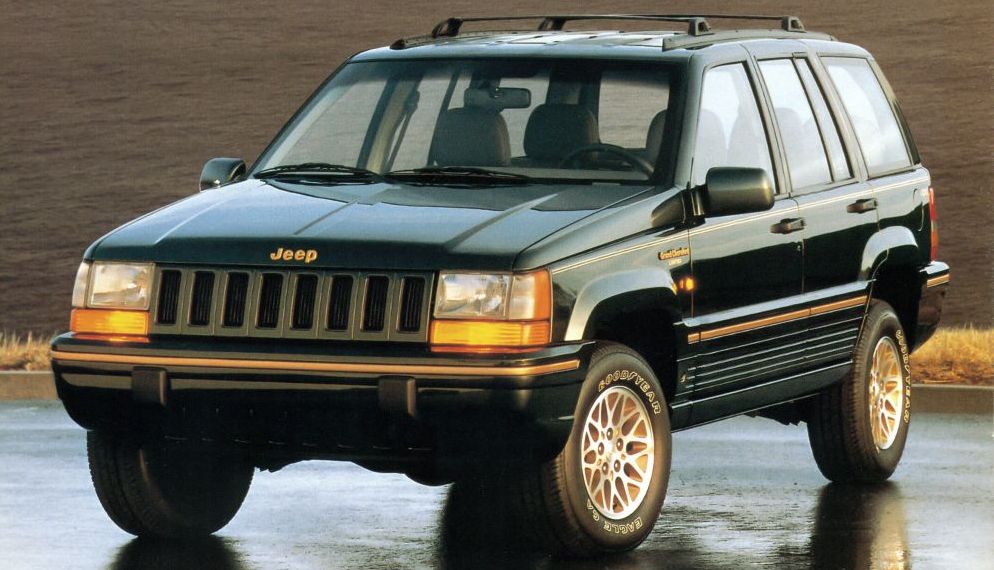
2. Jeep Avenger
While not technically the brand’s first electric vehicle, the Avenger holds the distinction of being the first electric Jeep to enter mass production.
It’s not sold in North America; instead, this subcompact crossover sits beneath the Renegade in the global lineup and is assembled in Poland alongside the combustion-engine Fiat 500 and the Lancia Ypsilon, which is only available in Italy.
By 2024 at the latest, the internal combustion versions of both the 500 and Ypsilon will be discontinued. That move clears the way for upcoming Fiat and Alfa Romeo models to join the Jeep Avenger on the production line at the Tychy plant.
The Avenger itself is offered with both gas and electric powertrains and currently holds the title of Jeep’s smallest production model.
Measuring just over 160 inches in length, it rides on the STLA Small platform, an upgraded version of the Common Module Platform originally developed by Groupe PSA.
Even though it’s primarily designed for city use, the Avenger still delivers serious off-road potential for its class, offering the highest ground clearance in its segment along with a 20-degree approach angle and a 32-degree departure angle.

1. Willys MB
Jeep owes its very existence to the MB, the follow-up to the MA and the earlier Quad prototypes.
Both Willys and Ford contributed to the war effort by building over 637,000 MBs during World War II, with Ford branding their version the GPW. Ford’s original prototype submitted to the U.S. Army was known as the GP, short for Government Pygmy.
The MB, which paved the way for the Civilian Jeep, saw heavy combat throughout the war. It played a crucial role during the Normandy invasion in France and in the Pacific Theater, particularly during the Guadalcanal campaign—the Allies’ first major land assault against Imperial Japan.
One MB in particular earned its place in history. Struck by shrapnel from a Japanese battleship shell on Guadalcanal, its windshield was damaged but the vehicle survived.
That same MB became the first to land on Guadalcanal, later participated in the Bougainville invasion, and served four Marine generals during its deployment.

Decorated with the Purple Heart for its service and damage sustained in battle, this MB—nicknamed Old Faithful—logged 11,000 miles (17,703 kilometers) over an 18-month span.

